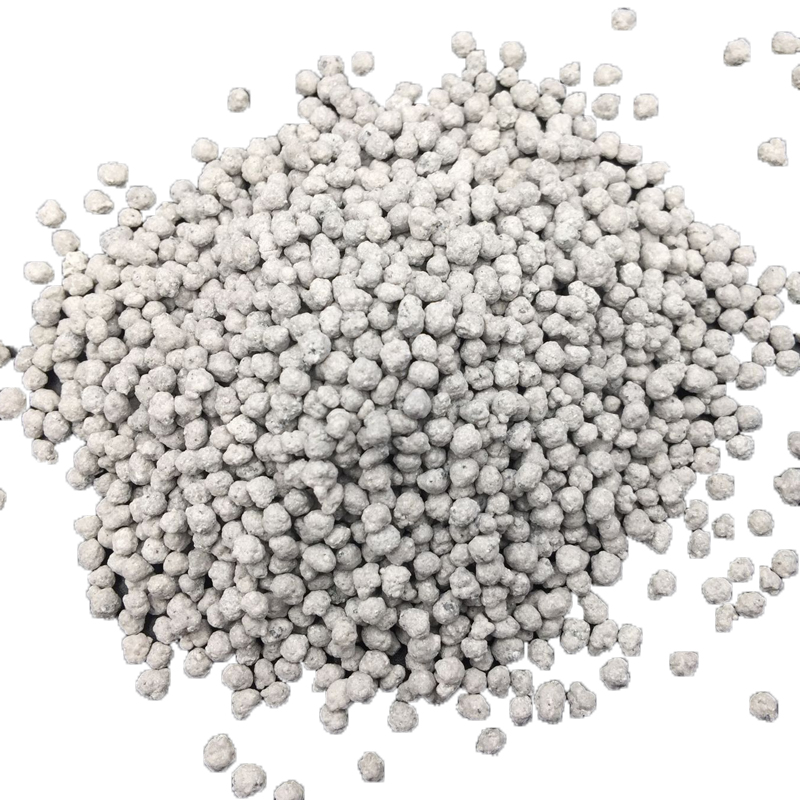
Th12 . 03, 2024 20:31 Back to list
Water Soluble NPK Fertilizer Price and Supplier Information for Your Needs
Exploring NPK Water Soluble Fertilizer Price and Supplier Insights
In modern agriculture, the choice of fertilizer can make a significant difference in crop yield and quality. Among the various types available, NPK water-soluble fertilizers are gaining popularity due to their efficiency and effectiveness in providing essential nutrients to plants. Comprising nitrogen (N), phosphorus (P), and potassium (K), these fertilizers are soluble in water, making them ideal for various application methods, including fertigation and foliar feeding.
Understanding NPK Fertilizers
NPK fertilizers are defined by their nutrient composition, which is indicated by three numbers on the packaging, representing the percentages of nitrogen, phosphorus, and potassium respectively. Each of these nutrients plays a crucial role in plant health. Nitrogen is vital for leaf development, phosphorus promotes root growth and flowering, and potassium is essential for overall plant health, improving drought tolerance, disease resistance, and fruit quality.
Water-soluble NPK fertilizers are particularly sought after because they can be easily absorbed by plants when dissolved in water. This results in quicker nutrient uptake and more immediate benefits compared to traditional granular fertilizers. With the rise of hydroponics and other innovative agricultural techniques, the demand for these types of fertilizers has surged.
Market Trends and Price Factors
The pricing of NPK water-soluble fertilizers varies significantly based on several factors, including formulation, production technology, raw material costs, and regional market dynamics. Generally, specialized formulations with higher nutrient concentrations or additional micronutrients tend to command higher prices.
As of late 2023, the market for NPK water-soluble fertilizers is experiencing fluctuations due to various influencing factors
1. Raw Material Costs The prices of urea, phosphate rock, and potash, which are the primary raw materials for NPK production, can significantly affect the overall cost. Global supply chain disruptions and geopolitical tensions may lead to price volatility in these materials.
2. Farming Practices The increasing adoption of precision agriculture practices and controlled-environment agriculture is driving the demand for efficient and easily manipulatable fertilizers, including NPK water-soluble variants. As farmers seek to optimize yield and input efficiency, they are more inclined to invest in high-quality fertilizers, sometimes at premium prices.
npk water soluble fertilizer price suppliers

3. Local Supplier Dynamics Prices may also vary significantly based on regional suppliers, transport costs, and local competition. Bulk purchasing and long-term contracts can result in discounts but require a careful evaluation of suppliers.
Finding Reliable Suppliers
Choosing the right supplier for NPK water-soluble fertilizers is crucial for farmers looking to maximize their production efficiency. A reliable supplier should offer high-quality products that meet industry standards and provide transparent information about their sourcing and production processes. Here are some tips for finding trustworthy suppliers
1. Research and Reviews Investigate potential suppliers by looking for reviews and testimonials. Engaging with other farmers in online forums and community groups can provide valuable insights into the reliability and quality of different suppliers.
2. Certifications Ensure that the supplier adheres to relevant agricultural standards and possesses the necessary certifications that guarantee the quality and safety of their fertilizers.
3. Samples and Testing Before making a large purchase, request samples for testing. This allows farmers to evaluate the solubility, nutrient content, and overall performance of the fertilizer.
4. Consulting Agricultural Experts Working with agronomists or agricultural advisors can provide tailored recommendations on suitable products based on specific crop needs and soil characteristics.
Conclusion
As agriculture continues to evolve, the role of fertilizers, particularly NPK water-soluble types, becomes increasingly significant. Understanding the pricing landscape and selecting the right suppliers are vital for maximizing productivity and ensuring sustainable farming practices. By staying informed about market trends and making strategic purchasing decisions, farmers can enhance their crop yields while contributing to a more sustainable agricultural future.
-
Premium 8 12 16 Fertilizer – High-Efficiency Compound & Granular NPK Supplier
NewsJun.10,2025
-
High Quality Agricultural Grade NPK Fertilizer Manufacturer & Supplier Reliable Factory Price
NewsJun.10,2025
-
Organic Fertilizer for Corn Boost Yield Sustainably
NewsJun.10,2025
-
Organic Fertilizer for New Plants Natural Growth Boost & Eco Nutrients
NewsJun.10,2025
-
Optimized Hydroponic NPK Fertilizer – Fast Growth & Nutrients
NewsJun.09,2025
-
Top-Rated NPK Fertilizer for Fruit Trees - Boost Growth & Yield
NewsJun.09,2025
